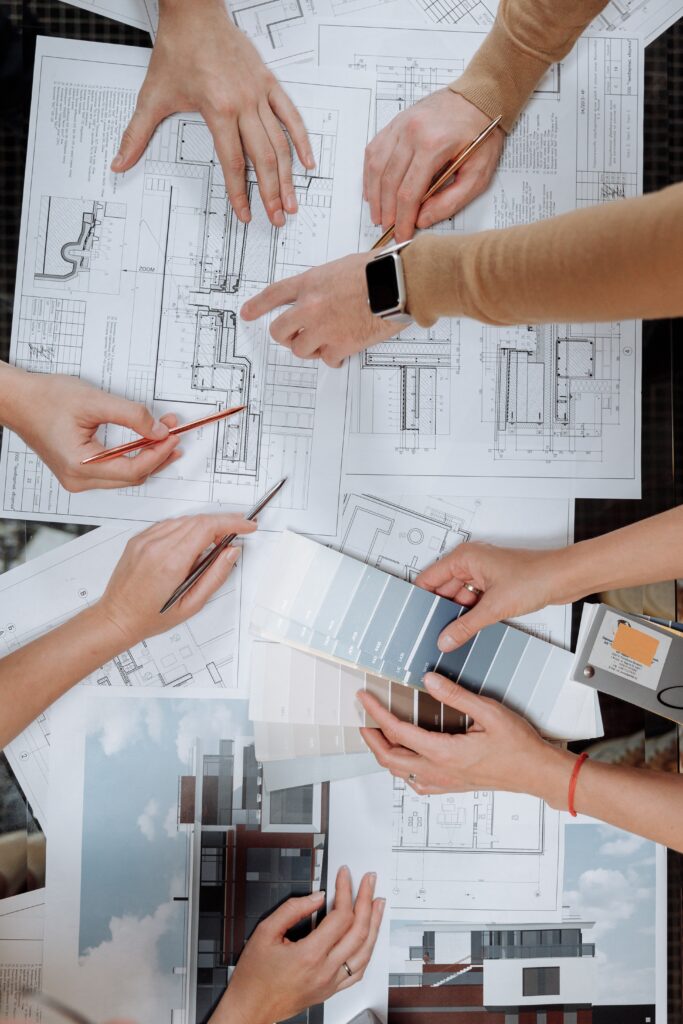When it comes to real estate development, there is no aspect that is quite as important as design and planning. Before a single shovel goes into the ground, developers must invest in creating initial concept plans that will guide every subsequent decision-making process. This includes determining feasibility, developing floor layouts, ensuring building aesthetics fit local zoning, and obtaining necessary permits and approvals from local authorities. In this post, we’ll explore why design and planning matter so much in real estate development.
Concept Plans Drive the Entire Process
The first step in any successful real estate development project is the creation of an initial set of concept plans to guide the entire process. These plans determine everything from the feasibility of the project to the layout of individual floors. By investing in the creation of these plans, developers can ensure that the project is set up for success from day one. They can make decisions regarding the budget, materials, and aesthetics of the development, which ultimately informs planting, building, and executing the project.
Combining Functionality with Aesthetics
Real estate development is a balance between functionality and aesthetics. A good developer aims to achieve the right balance between the two because both are essential to the success of the project. Well-executed functionality planning in a real estate development can lead to the efficient use of space, allocation of energy, lighting and temperature management while beautiful aesthetics impart a sense of place and timelessness.
Ensuring Compliance with Local Authorities
In real estate development, acquiring necessary permits and approvals from local authorities is a necessary step in any project. The design and planning process enables developers to ensure that they can meet all the legal requirements succinct to the area of the development. Failure to comply may lead to delays in the construction process which can lead to financial losses.
Maximizing the Bigger Picture
Real estate development projects are long-term investments, but the time is worth it if they are done right. By focusing on the importance of design and planning, developers can maximize the value of the project in the long term. This includes developing detailed site utilization and construction plans that take into account aspects like environmental and geographical factors. The right plans also ensure that the project complements, rather than detracts from, the larger community.
Value Engineering to ensure profitability
Value engineering is an essential part of the design and planning process. Simply put, it identifies the best way of creating a project while ensuring the highest yields of profits while maintaining cost-effective measures. It is related to building optimization strategies that balance the design and planning process. Focusing on building optimization strategies help reduce unnecessary materials and labor which can drive up the overall project cost.

The importance of design and planning in real estate development cannot be overstated. It determines the success of the project from pre-construction right through to project completion and beyond. Developers who make a conscious effort to invest well in the design and planning process enhance project efficiency, reduce long-term costs, ensure compliance, and ultimately maximize return on investment. As a real estate investor or buyer, it is essential to appreciate that investments in design and planning will determine the success of the project in the long term, and it is, therefore, a worthwhile investment.
